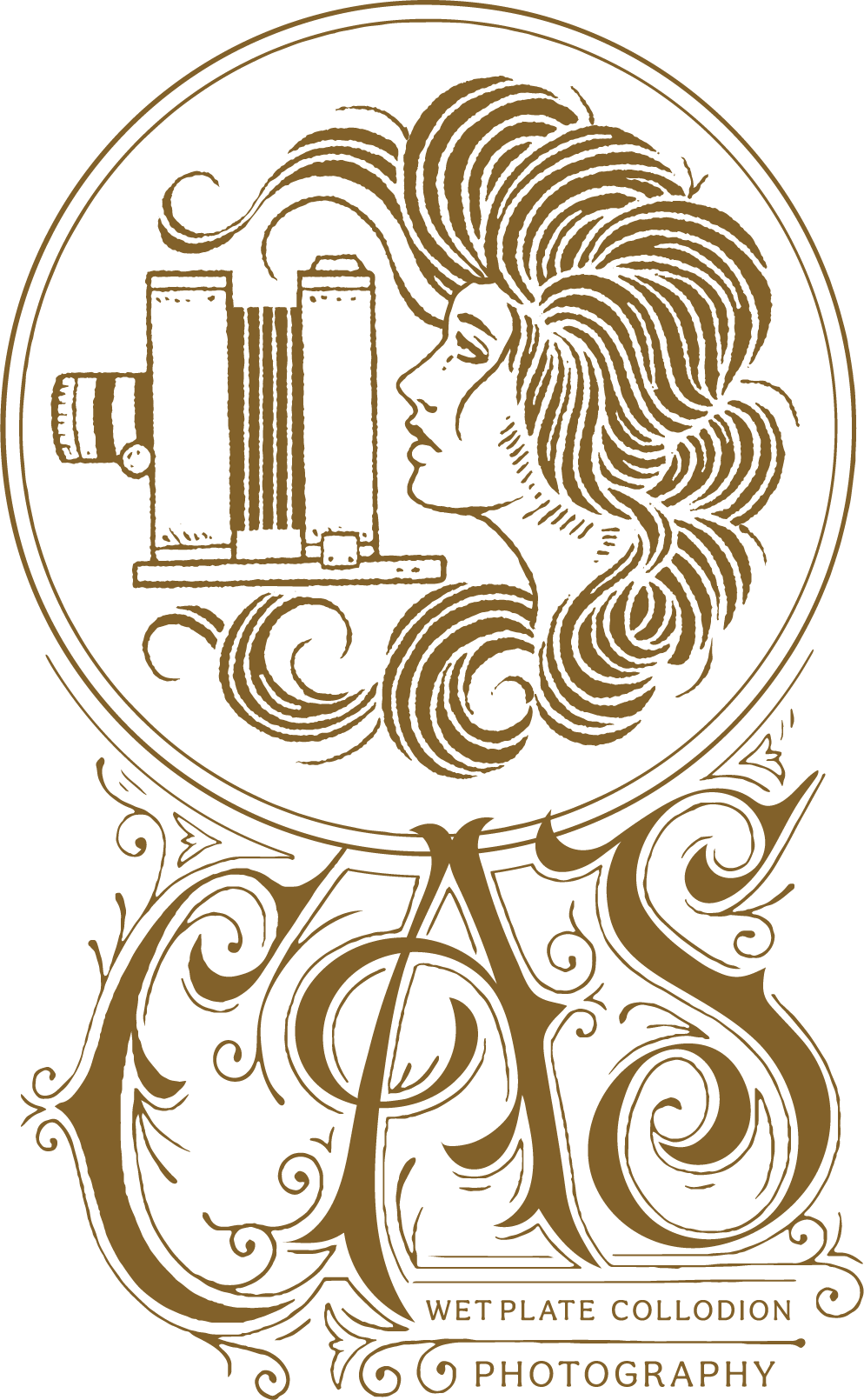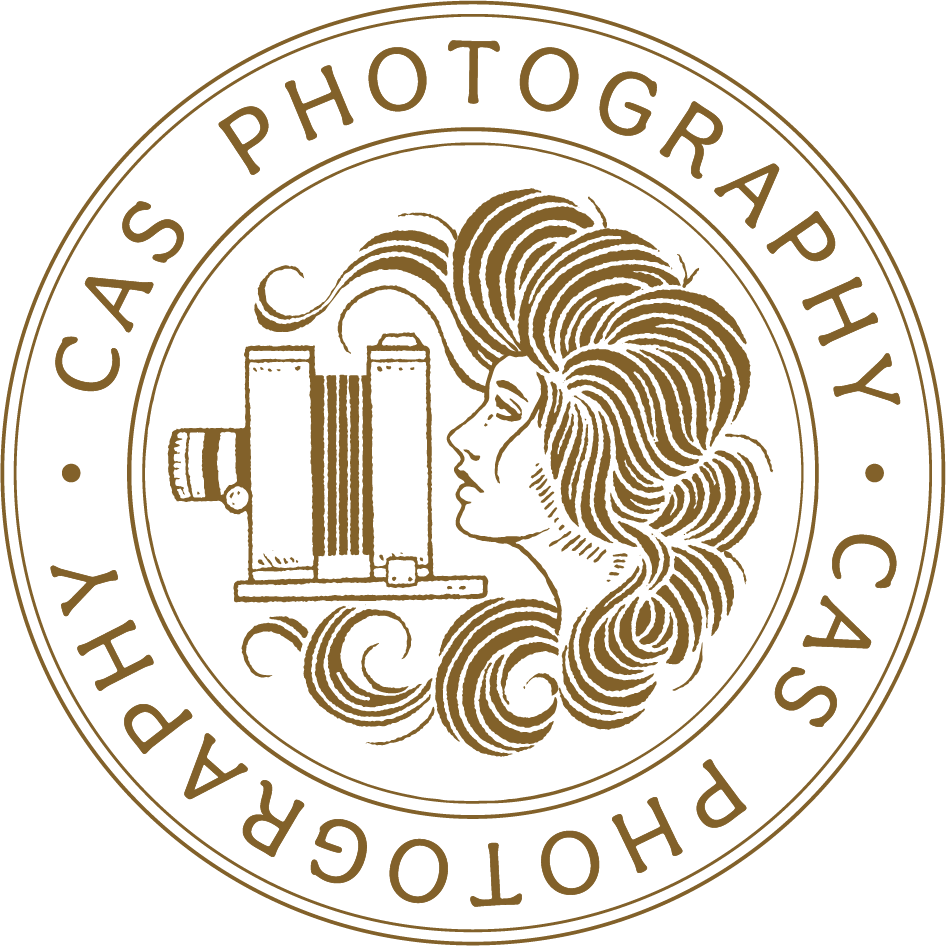Korona View Camera Restoration Day 1
Awhile back I started reading more into what the possibilities of doing dry plate negatives are. There are a couple of series of projects that I have been wanting to do but I know the reality of what it would be like to carry around chemicals that aren’t safe and lugging around a portable darkroom. Also, the wet plate camera that I own can’t do both processes. I talked it over with my mentor, Dave Smith, and he has been generous enough to let me learn the ropes of restoring an early 1900’s dry plate Kornoa Camera
Task one of today. Air blasting the whole camera! When my mentor got ahold of these cameras they have been sitting somewhere collecting dust, rusting screws, and having a bunch of spider eggs and dead daddy long-legs. I’m not the one much for spiders and I have no intention of getting up close and personal with them, so the only solution was to air blast the whole camera.
Then I moved onto to taking the camera apart, screw by screw. After an hour or so I had everything labeled in plastic bags with all the parts that go in the right spot of the camera. Including taking off the bellows without having them damaged. In the end, it all came down to wood frames.
I wanted to get as much done to day as I possibly could, due to school ending for vacation and going on travel, so I know it would be awhile before I see this camera again. With everything apart and airbrushed most of the dust in the creases of the wood then next step was to restore the wood to its natural color. Dave helped me with getting started by getting fine steel wool and soaking paint thinner and started to wipe the wood and getting some of the gunk off and letting it settle for a few seconds then wiping it off. I was seriously impressed that under all that dust and grime was a beautiful orange red color.
The last few things that I wanted to accomplish was to apply wax to add a nice and smooth finish to the wood and let it try till next time! Big thanks to Fernando for taking some of the photos of me working today! And a big thanks to Dave Smith for his guidance.













